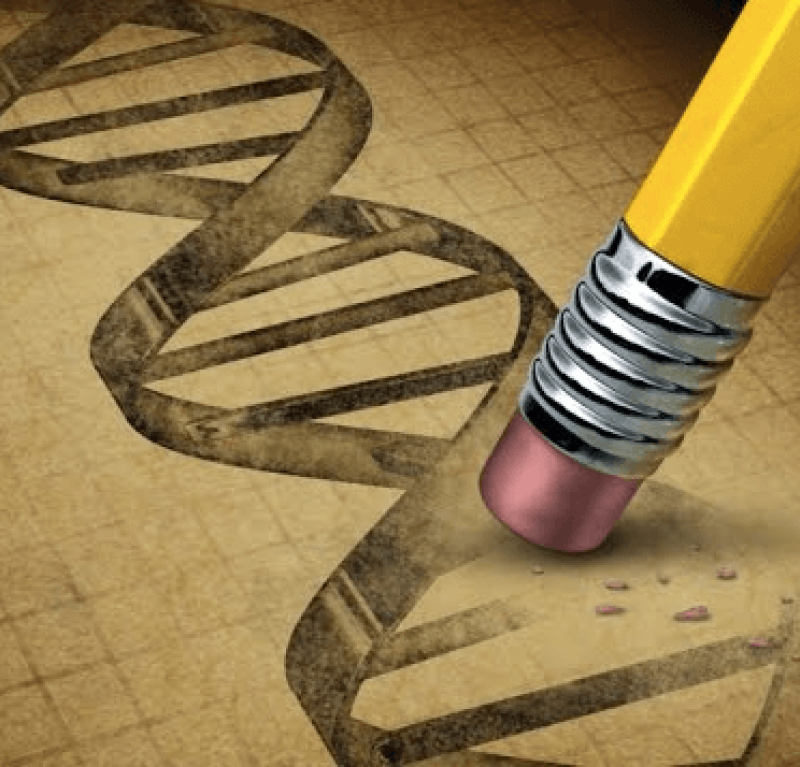The GLP aggregated and excerpted this blog/article to reflect the diversity of news, opinion and analysis.
Gene editing and gene drives represent an inflection point in our technological capabilities: they are outpacing government abilities to develop appropriate risk assessments and oversight systems for them. . . . The US National Academy of Sciences is soon expected to release a report on gene drives and responsible research, including suggestions about new approaches to oversight. Recently, our Genetic Engineering and Society Center at North Carolina State University contributed to the effort, convening a gene-drive workshop that brought together more than 70 experts. . .
. . .[T]he group generally agreed on three key points:
1) People living in areas of gene-drive deployment should be consulted prior to release;
2) Conflict exists between current regulations that focus on containment, and field-testing gene drives that are designed to spread; and
3) Gene drives do not respect human-made borders, so collaborative and international governance is even more important than usual.
Mainly, the workshop yielded more questions than answers – an important one being that scientists do not yet understand gene drives well enough to develop responsible rules for deploying them. Research funding for biosafety and risk analysis, as well as efforts to devise oversight systems suited for gene drives, are sorely needed.
Past societal conflict about genetically engineered organisms can provide guidance for oversight of the future. Instead of today’s contested, top-down systems of making decisions, we need adaptive, bottom-up, inclusive systems that can account for a variety of concerns while keeping pace with the changes in technology. . . . Social awareness and increased public dialogue about the new capabilities of genetic engineering are an important first step . . . .
Read full, original post: New genetic engineering is slipping past old regulations































